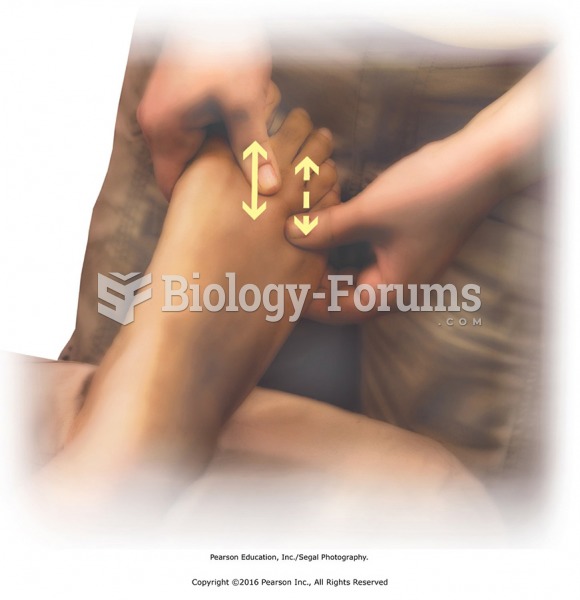Imagine that both Vera and Carol are against affirmative action. Vera is offered 50 to write an essay about the benefits of affirmative action, whereas Carol is offered only 1 to write a similar essay.
After writing the essays and receiving their payments, both women are asked to report their attitudes toward affirmative action. Assuming that their attitudes were similarly negative at the outset, which of the following results would you expect?
a. Vera would be more favorable than Carol toward affirmative action.
b. Carol would be more favorable than Vera toward affirmative action.
c. Carol and Vera would be equally favorable toward affirmative action.
d. Both women would be strongly opposed to affirmative action.
Question 2
As mentioned in the text, a Yale researcher (Cohen, 1962) conducted research at a time when the local police were very unpopular with the students.
He paid some students relatively little and other students relatively more to write an essay that contradicted their true beliefs about the local police, with whom the student body had experienced unpleasant run-ins. Results of this experiment were noteworthy because they demonstrated that
a. students offered money thought they were being bribed.
b. counterattitudinal advocacy can affect beliefs about things that really matter.
c. behaviors in the world outside the laboratory often contradict previous findings.
d. in the world outside the laboratory, it is very difficult to change people's beliefs about things that matter.







